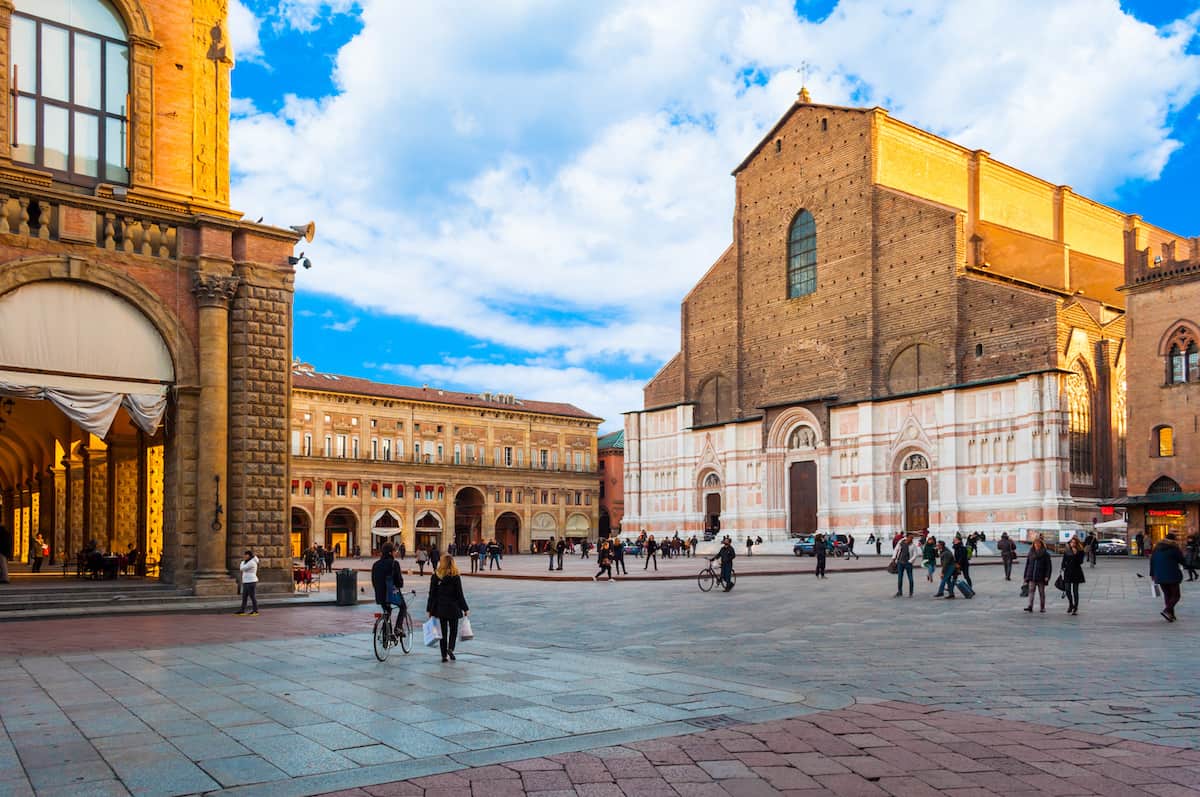About Bologna
Bologna, located in northern Italy, is a city rich in history, culture, and
vibrant energy. Renowned for its well-preserved medieval architecture, Bologna
offers visitors a unique blend of tradition and modernity.
History:
Bologna's history dates back to ancient times, and its medieval roots are evident in the city's architecture. The city played a crucial role in the Renaissance and was a thriving center of art, culture, and commerce.
Bologna has always been a hub of intellectual activity and is recognized as one of the oldest university cities in the world.
The University of Bologna:
The University of Bologna, founded in 1088, stands as the oldest university in continuous operation. It has been a pioneering institution in various fields, attracting scholars from all over Europe. Today, the university remains a vital part of the city's identity, contributing to its vibrant atmosphere and intellectual legacy.
In the congress logo, three iconic symbols of Bologna have been incorporated,
each representing a distinct facet of the city's rich heritage:
The Neptune Statue:
The Neptune Statue, located in Piazza Maggiore, is a masterpiece by sculptor
Giambologna. Crafted in the 16th century, this imposing bronze statue of the
sea god Neptune stands atop a fountain. Its intricate detailing and regal presence
make it a symbol of Bologna's artistic and historical significance.
The Two Towers (Due Torri):
The Two Towers, Asinelli and Garisenda, are prominent landmarks that define
Bologna's skyline. Asinelli, the taller of the two, offers panoramic views of
the city from its summit. These medieval towers serve as a symbol of Bologna's
architectural heritage and the city's resilience through centuries.
San Luca Basilica and Portico:
The Sanctuary of the Madonna di San Luca, perched atop Colle della Guardia,
is connected to the city by a remarkable 3.5-kilometer portico. The Portico
di San Luca is the longest covered walkway in the world, leading pilgrims and
visitors to the basilica. San Luca represents Bologna's spiritual and religious
identity, and the portico is a testament to the city's commitment to both faith
and architectural ingenuity.
These three symbols encapsulate the essence of Bologna, combining art, history, architecture, and spirituality, providing a visual representation of the city's multifaceted character. The congress logo celebrates these iconic elements, offering a glimpse into the cultural richness and diversity that define Bologna.
Other Points of Interest:

Piazza Maggiore:
The heart of the city, Piazza Maggiore, is surrounded by historic buildings
like the Basilica di San Petronio and the Palazzo Comunale. This square is a
lively gathering place and often hosts events and markets.
Basilica di San Petronio:
This grand basilica, dedicated to the city's patron saint, is one of the largest
in the world. Its construction began in the 14th century and showcases impressive
Gothic architecture.
Archiginnasio of Bologna:
A historic building that once housed the university, the Archiginnasio is known
for its stunning anatomical theatre and the richly decorated Anatomical Wax
Museum.
Museum of Modern Art (MAMbo):
Bologna embraces contemporary art at MAMbo, featuring works by Italian and international
artists. The museum provides a contrast to the city's ancient charm.
The Libraries of the University:
Explore the university's libraries, such as the Biblioteca Universitaria and
the Archiginnasio Library, to delve into the extensive collection of manuscripts
and rare books.
For more information you can visit https://www.bolognawelcome.com/en



